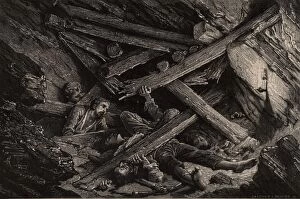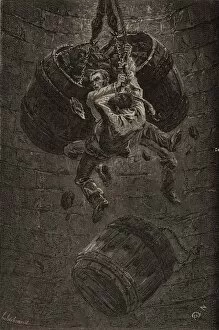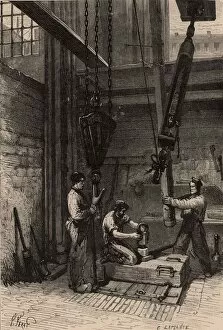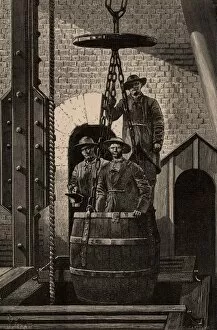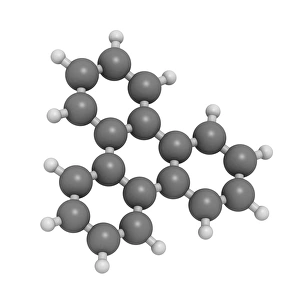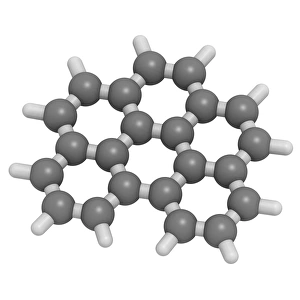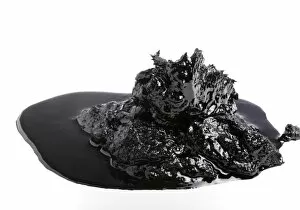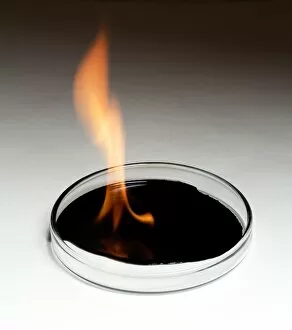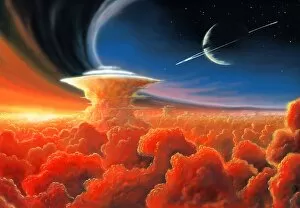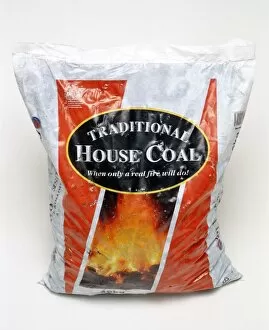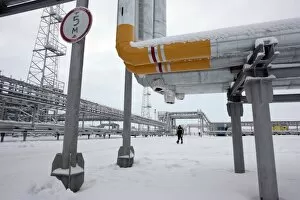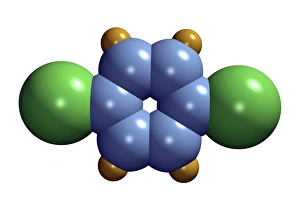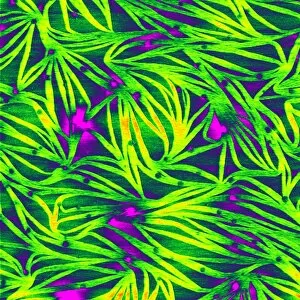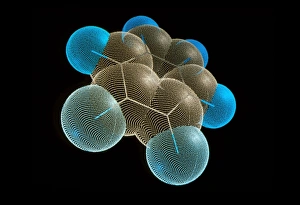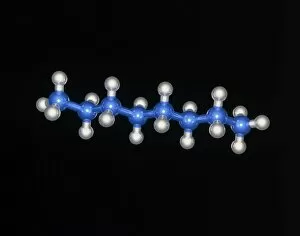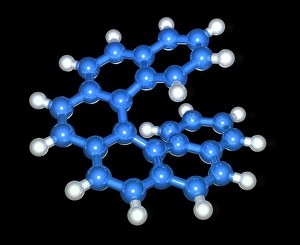Hydrocarbon Collection (page 2)
Hydrocarbon: Unveiling the Cosmic Symphony of Energy In the vast expanse of the Orion Nebula, where stars are born and worlds take shape
All Professionally Made to Order for Quick Shipping
Hydrocarbon: Unveiling the Cosmic Symphony of Energy In the vast expanse of the Orion Nebula, where stars are born and worlds take shape, hydrocarbons dance amidst interstellar clouds. These complex molecules, composed solely of hydrogen and carbon atoms, hold the secrets to our energy-driven existence. From the depths of Earth's crust to distant celestial bodies, hydrocarbons manifest in various forms. At Chillingar's Oil Well, a testament to human ingenuity and resourcefulness, black gold gushes forth from ancient reservoirs deep within our planet. A BP employee delicately opens flow valves with precision - orchestrating a symphony that fuels industries worldwide. But hydrocarbons aren't limited to earthly realms alone; they permeate even the most extraordinary landscapes. Witness Kilauea Lava Flow #4 as molten rock cascades down Hawaii's volcanic slopes like liquid fire - an awe-inspiring reminder that nature too harnesses these powerful compounds. In Sunray, Texas circa 1942, John Vachon captures a worker at a carbon black plant - emblematic of hydrocarbon's role in industrial progress during wartime eras. As this laborer diligently tends to his duties, he contributes to shaping history through tireless production. Kilauea Lava Flow #2 Horizontal showcases how hydrocarbons sculpt geological wonders over time. The relentless force behind these fiery rivers molds landscapes into breathtaking formations that stand as testaments to Earth's ever-changing beauty. Venturing beyond terrestrial boundaries once more brings us face-to-face with Kilauea Lava Flow #3 - an ethereal display where lava meets oceanic waters in a mesmerizing clash between elements. Here lies another example of how hydrocarbons bridge gaps between different domains and create captivating phenomena. Journeying further eastward takes us to Ceil Well in Baku - Azerbaijan; its productive prowess evident as it yields petrol and naphtha.

